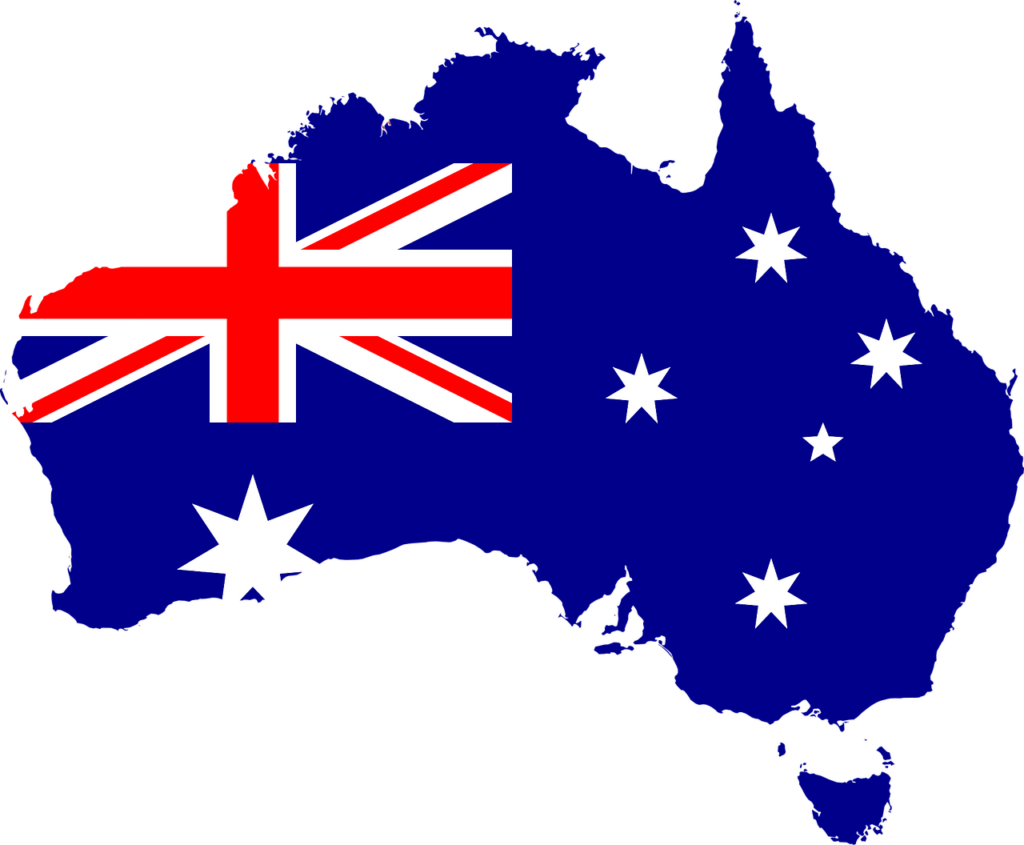Australia, as a multicultural immigrant country, has a diverse and complex population structure. According to the census data of the Australian Bureau of Statistics (ABS) on March 31, 2022, Australia's population has reached 25,772,100, with a roughly equal male-female ratio and a median age of about 37.9 years. This article will explore in depth the characteristics of Australia's population structure, including an aging population, multiculturalism, and slowing population growth, as well as the profound impact these changes may have on Australia's social, economic, and cultural fields.
Read the catalog
Australian population proportion data
Australia is an immigrant country with a diverse population structure. According to the census data of the Australian Bureau of Statistics (ABS) on March 31, 2022, the population of Australia is 25,772,100, including:
- Males accounted for 50.3%, while females accounted for 49.7%;
- The median age was 37.9 years;
- The population born overseas accounted for 49%, of which the population born in Asia accounted for 26.3%, the population born in Europe accounted for 22.9%, the population born in Oceania accounted for 11.6%, and the population born in North America accounted for 8.1%;
- First-generation immigrants account for 27.5%, second-generation immigrants account for 21.5%, and third-generation immigrants and above account for 51%.
The characteristics of Australia's population structure are mainly reflected in the following aspects:
- Population aging: Australia's population is relatively aging, with people aged 65 and over accounting for 17.8%, and it is expected to reach 27.5% by 2040.
- Population diversity: Australia is a country of immigrants with a diverse population structure, with the proportion of Asian population increasing year by year.
- Slowing population growth: Australia's population growth rate is 1.2% in 2022 and is expected to fall to 0.7% by 2040.
AustraliaPopulation ageing: challenges and opportunities
Australia's aging population is becoming increasingly prominent. Data shows that the population aged 65 and above accounts for 17.8% of the total population, and is expected to soar to 27.5% by 2040. This trend poses a major challenge to Australia's social welfare, medical services and pension systems. The government needs to take active measures to ensure the quality of life of the elderly population and cope with the increasing pressure on pension payments.
However, the ageing population also brings some opportunities. The older population can make greater contributions to Australia's volunteer and community services, while also promoting the development of the health and medical industries. This trend can also inspire Australian society to invest more in technology and innovation to improve the quality of life and autonomy of older people.
Population diversity: cultural integration and social challenges
Australia's diverse population is a notable feature of the country's society. According to census data, almost half of the population was born overseas, and all continents are represented, with Asian and European residents accounting for the highest proportions. This diversity has brought new cultural and linguistic richness to Australia, but it has also come with a range of social challenges.
Cross-cultural communication and integration have become particularly important to ensure social harmony and stability. The government needs to formulate policies to promote cultural diversity and coexistence while addressing possible cultural conflicts. The education system also needs to adapt to this multiculturalism, provide multilingual support and cross-cultural education to cultivate a more inclusive and open society.
Slowing population growth: economic and labor challenges
Although Australia's population is still growing, the growth rate has slowed significantly and is expected to fall to 0.7% by 2040. This trend may pose challenges to the economy and the labor market. The slowdown in population growth may lead to a decrease in the labor force, which will affect economic growth. In addition, labor costs may rise, affecting the competitiveness of enterprises.
To meet this challenge, governments need to encourage labor market flexibility while investing in skills training and education to ensure that the workforce is adaptable to the needs of a changing economy.
Conclusion: Facing the Diversification Challenges of the Future
Australia's demographic structure is undergoing major changes, including an aging population, multiculturalism and slowing population growth. The government, society and businesses need to work together to meet these challenges and seize the corresponding opportunities. Only through inclusive policies, education and economic development can Australia maintain stability and prosperity in the future and achieve a win-win situation for a multicultural society.
转载请注明:Australian Chinese Encyclopedia AU6001.COM » Australia's population structure: diversity and challenges
